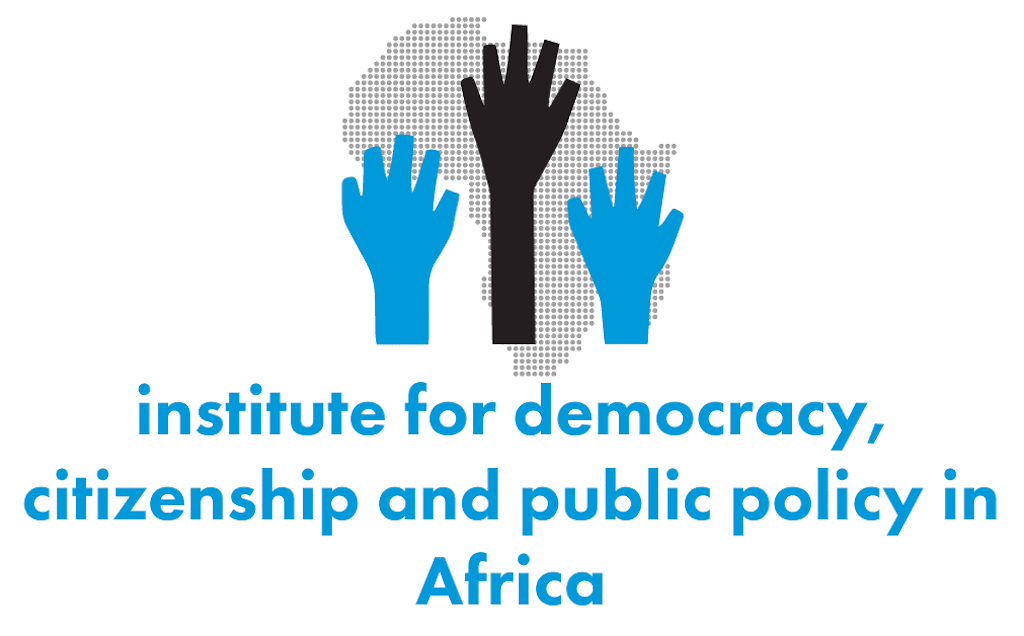Working paper number: 32
Author: Jacob Ulrich, Malin J. Nystrand and Lars Buur
Unit: CSSR
Abstract:
With a particular focus on Sub-Saharan Africa, this paper explores the radical and potentially game-changing idea of allocating most Overseas Development Assistance (ODA) to social cash transfers. It concludes that financially it would be possible to reach many or even most of the poorest households with meaningful amounts on an annual basis. This would have a considerable socio-economic impact.
As a side-effect, governments that are now at the receiving end of current ODA would face a funding gap, as funds are shifted to social cash transfers paid directly to their citizens. Governments would need to compensate for this through increased taxation. In some countries, but not all, this is theoretically likely to lead to positive governance effects as governments become more accountable to their tax-paying citizens and are incentivised to improve the performance of revenue and adjacent government services.
Both of the above impacts/effects would be enhanced because a larger share of ODA would actually be spent in ODA-receiving countries. This is because the funding of social cash transfers can be delivered with fewer international overheads than current forms of aid.
At the country level, the politics of any significant increase of ODA-financed social cash transfers are likely to be challenging and context-specific. The paper shows that establishing international policy alliances and designing social cash transfers matching the political interests and ideologies of ruling elites and governments will be key. The paper specifically discusses the political pros and cons of channelling funds through three macro-level modalities, namely the government, the private sector and a proposed aid-to-cash foundation model.
In terms of policy advice, the paper argues for the adoption of a pragmatic, incremental and gradual approach. Any change towards significantly scaled ODA-financed cash transfers would (and should) take considerable time. Policy-makers could start by thinking of ODA support for social cash transfers not only as a tool for building national social protection systems, but also as an aid modality with broader applications. It could also be considered whether, in the intermediate term, the share of humanitarian aid currently allocated to social cash transfers (close to 20%) may in some country contexts also be a meaningful share for development aid.
Last, but not least, it should be stressed that the idea of large-scale allocation of ODA finance for social cash transfers is new and that there are many unknowns. Therefore, in the conclusion, the paper systematically suggests additional areas for research at the country level to provide a more solid empirical and analytical basis for policy-making.
Publication file: UlrichNystrandBuur
